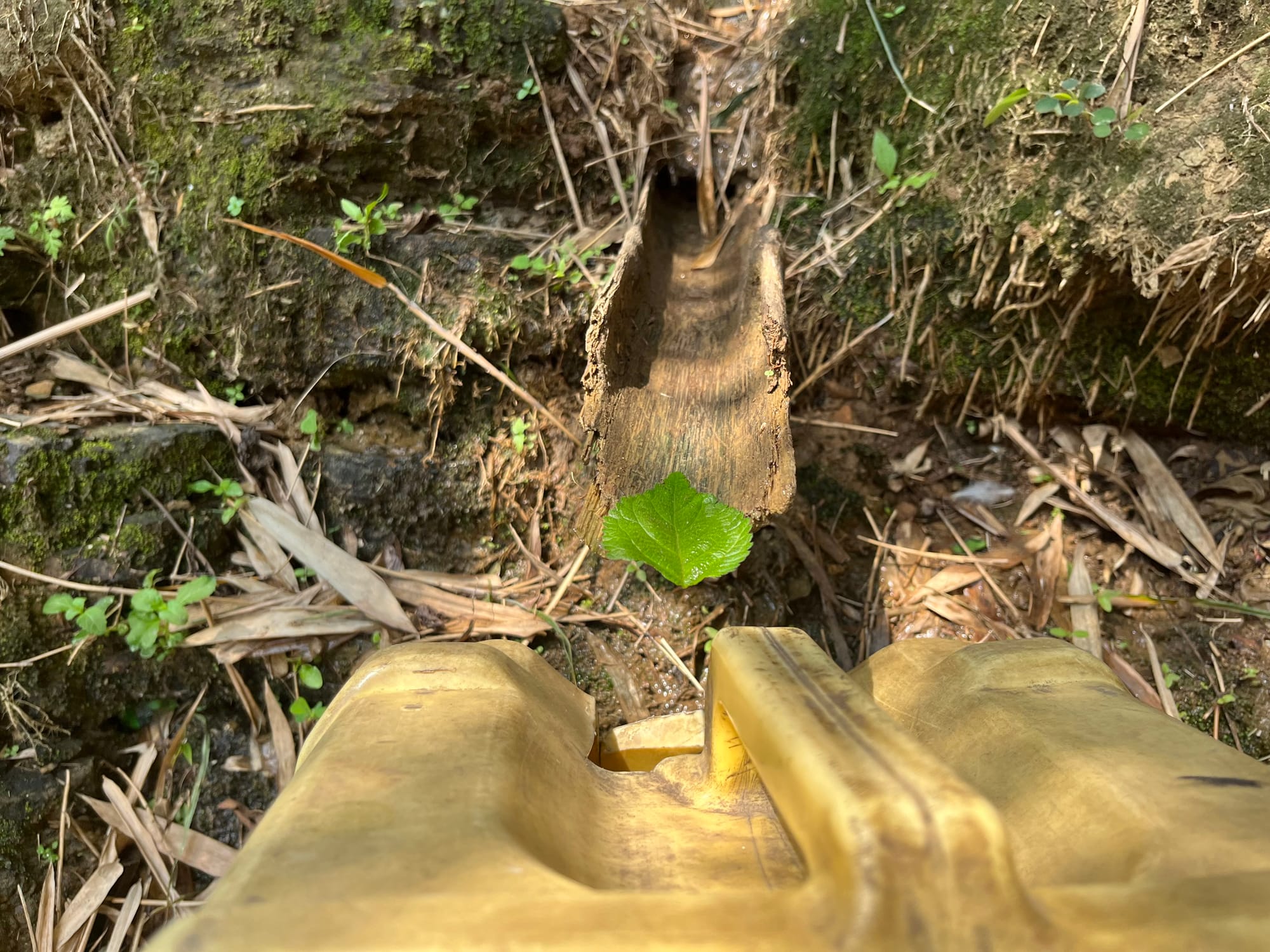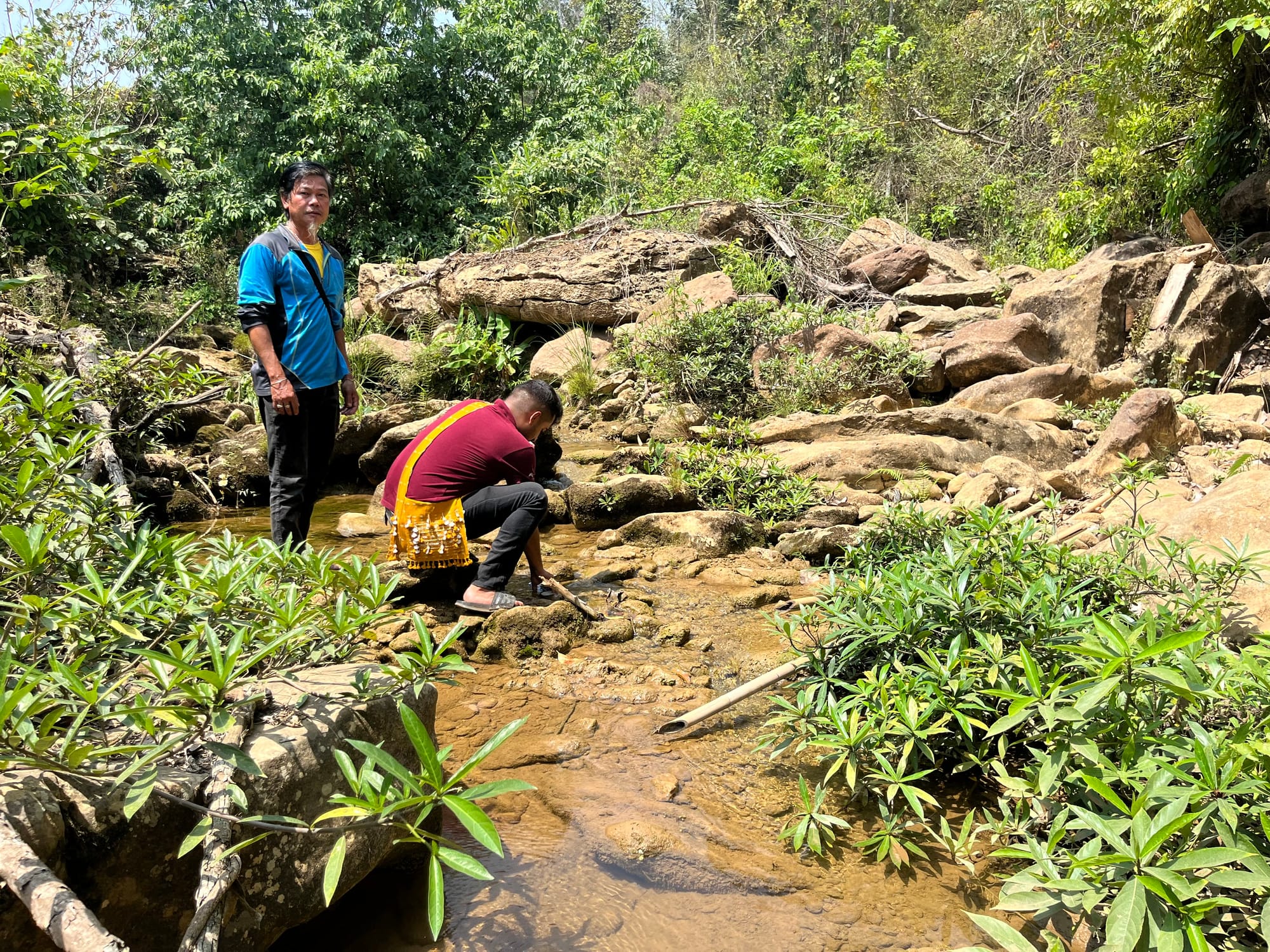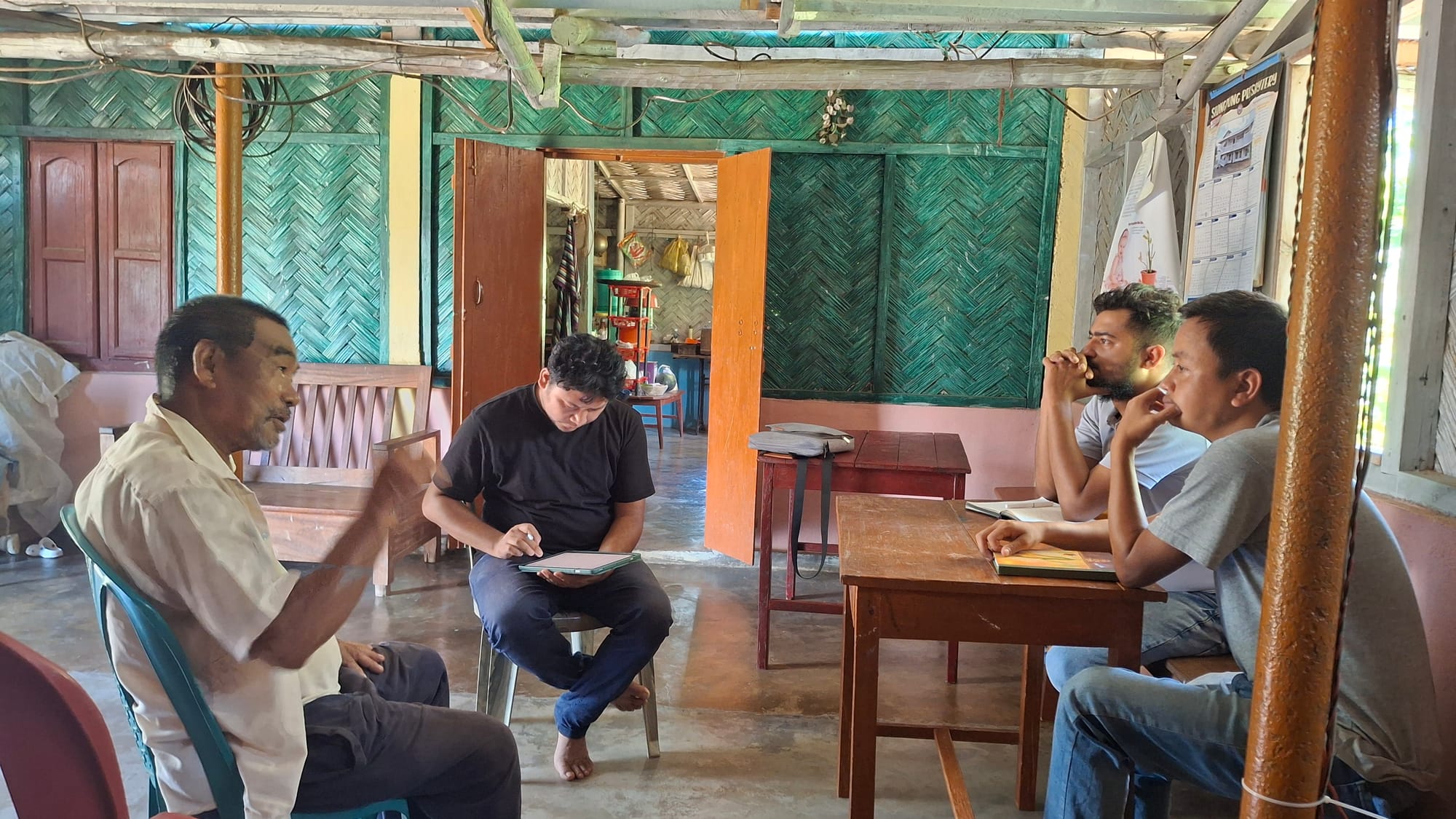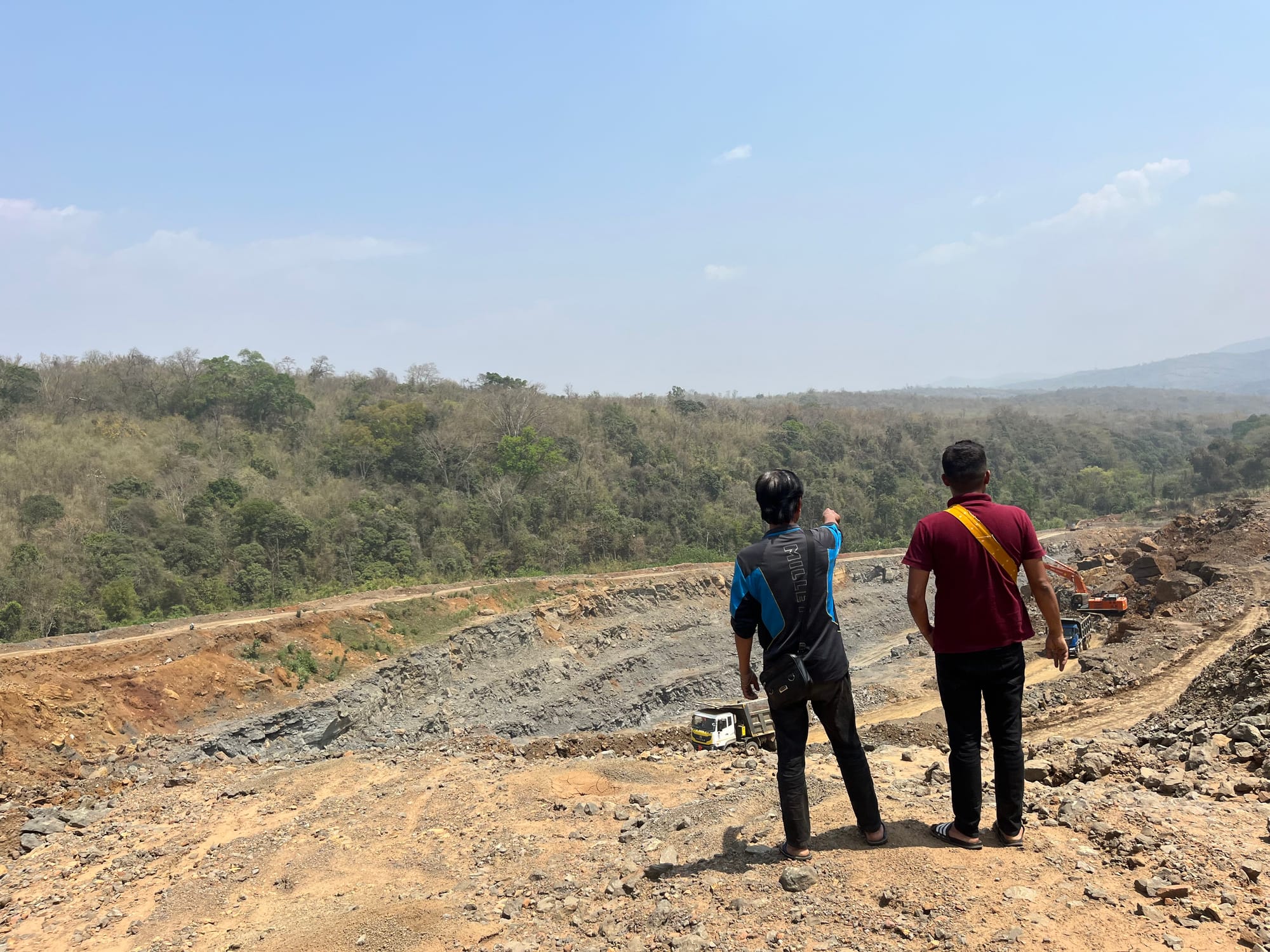The Vanishing Springs of Northeast India : Communities on the Frontline

Across the hills and valleys of Northeast India, water flows in its most natural form through springs. According to NITI Aayog, nearly 200,000 of these springs exist across the region, serving as lifelines for countless communities. In Dima Hasao alone, over 70% of rural households draw their daily water directly from them. These springs are not only sources of fresh drinking water; they also sustain rivers, lakes, and streams, keeping ecosystems in balance even during dry months. Yet, in recent years, communities have been telling us a different story about springs losing their strength and the struggles that follow. What seems like a quiet change in nature is, in reality, reshaping lives in ways that are difficult to ignore.

Nearly half of the springs in Northeast India are now either drying up or losing much of their flow. This is not only an environmental crisis but also a strain on the very social and economic fabric of communities that depend on them. Women and children, who shoulder the responsibility of fetching water, are walking farther each day, at the cost of their health, education, and opportunities. Farmers, once sustained by steady springwater for irrigation, now face shrinking harvests, putting both food security and livelihoods at risk. Even animal rearing, a cornerstone of many households, is under threat as streams weaken and the water needed to sustain livestock becomes scarce. What begins as a drop in spring flow quickly ripples into every aspect of daily life.
In just eight villages around Umrongso, more than 40 springs flow through the land, weaving into the lives of everyone who lives there. These springs are more than just places to collect drinking water—they keep the town alive, feeding its streams and shaping daily routines. For the people here, each spring is a lifeline, holding together their health, their livelihoods, and the rhythm of life itself.

The springs of Umrongso face threats beyond just declining flow. Large-scale limestone mining in the region is placing them in grave danger. Many of these springs lie within the limestone belt, and the constant shifting of rock plates has already begun to alter their natural outlets. With more mining projects and cement plants on the horizon, the pressure is only set to increase, intensifying the risks to both water and the communities that depend on it. When combined with the growing impacts of climate change, the future of these fragile springs becomes even more uncertain.

The situation is growing more serious with each passing day. Many community members fear that if the springs continue to weaken, they may have to give up farming and animal rearing altogether—an economic blow that would be hard to recover from. The urgency is clear: we cannot wait any longer.
What we need now is to stand with these communities, to understand the problem in its full depth. Scientific studies, such as geohydrological assessments, can show us how the springs are shifting and why. But science alone is not enough. When combined with the wisdom of traditional practices of water preservation, it opens the door to sustainable springshed management. By weaving together community knowledge and modern technology, we can work toward a future where streams flow freely again—restoring water security, strengthening livelihoods, and creating new opportunities for farming and resilience.
